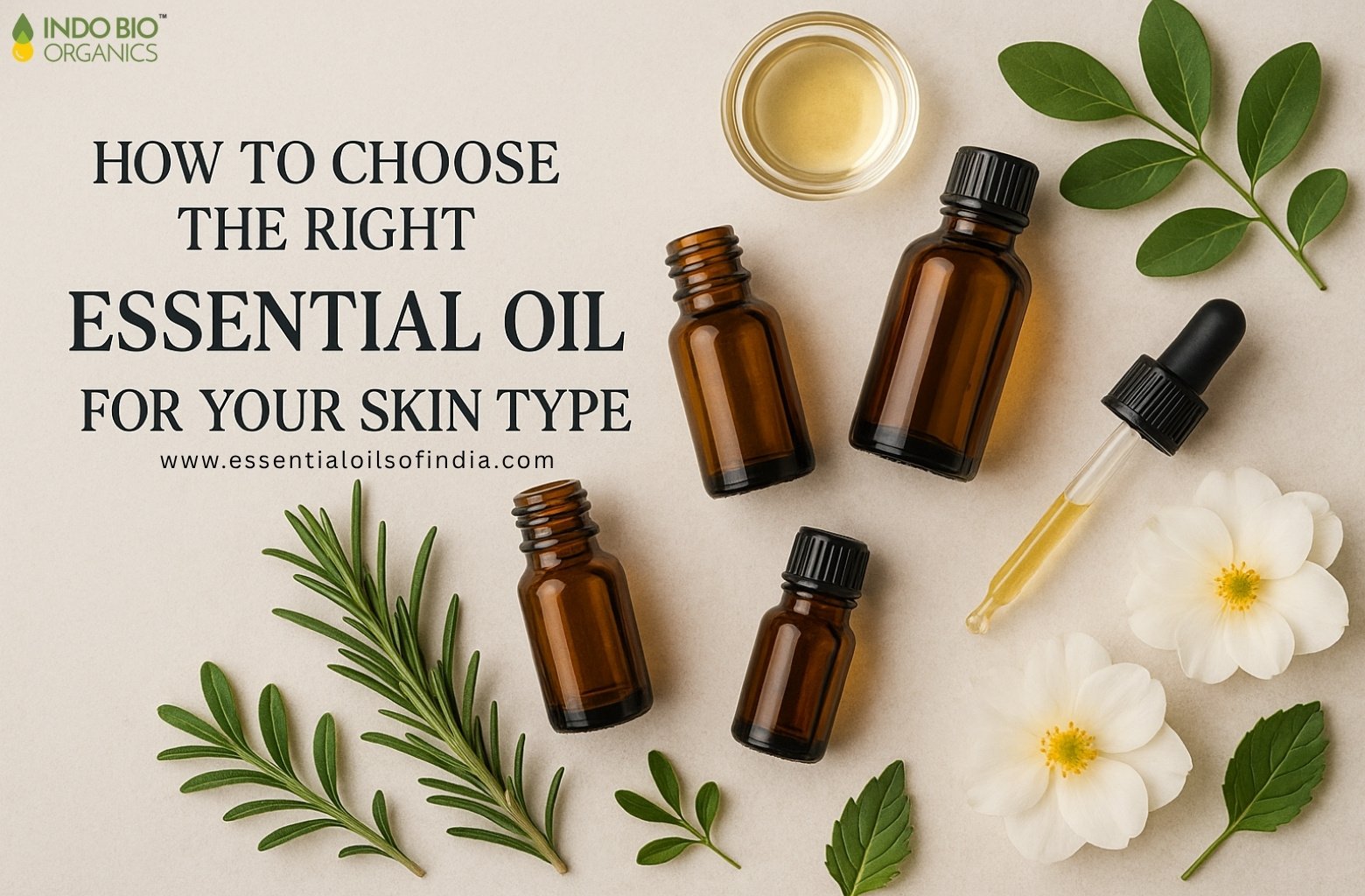
A few years ago, “essential oils” (Essential Oil for Your Skin Type) were mostly associated with aromatherapy and stress relief. But today, they’ve taken over skincare shelves, DIY beauty routines, and spa menus across the world — and for a good reason.
Essential oils are not just pleasant fragrances; they’re highly concentrated plant extracts that hold the essence of herbs, flowers, fruits, and woods. When used correctly, they can transform your skin’s texture, reduce acne, brighten your tone, and bring out your natural glow.
However — and this is the key — not every Essential Oil for Your Skin Type is right for every skin type. Using the wrong one can lead to irritation or breakouts.
So how do you find the perfect match for your skin? Let’s break it down step by step — from understanding your skin type to identifying the best essential oil blends for you.
Before diving into the world of essential oils, you need to understand your skin type. Think of this as the foundation of a skincare routine (Essential Oil for Your Skin Type).
Here’s how dermatologists usually classify skin types:
Once you identify your category, choosing the right essential oil becomes easy.
Essential oils contain bioactive compounds — like terpenes, esters, and phenols — that help balance sebum, calm inflammation, and fight bacteria. They also act as natural antioxidants, protecting your skin from pollution and stress.
Some key benefits include:
But because these oils are so concentrated, they must always be diluted with carrier oils like jojoba, coconut, or sweet almond oil before applying.
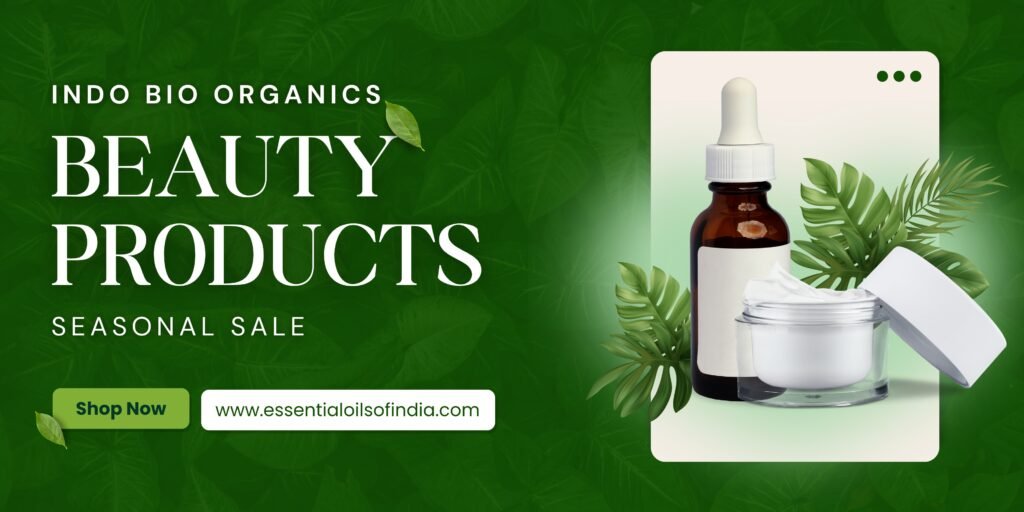
Before applying any essential oil, mix 1–2 drops of the oil with a teaspoon of carrier oil and apply it to your wrist or behind your ear. Wait for 24 hours.
If there’s no redness or itching, it’s safe to use.
Remember: essential oils (Essential Oil for Your Skin Type) are powerful for
. Respect them like potent medicine — a little goes a long way.
Let’s explore which oils are best suited for your specific skin needs.
Oily skin often struggles with enlarged pores and breakouts. You need oils that balance sebum and kill acne-causing bacteria without drying the skin.
Top Essential Oils:
DIY Blend:
Pro Tip: Avoid coconut oil as a carrier — it can clog pores for oily skin.
Dry skin lacks natural moisture, so you need oils that nourish and lock in hydration (Essential Oil for Your Skin Type).
Top Essential Oils:
DIY Blend:
Pro Tip: Always apply on slightly damp skin for better absorption.
Sensitive skin needs gentle, soothing oils that reduce redness without triggering reactions.
Top Essential Oils:
DIY Blend:
Pro Tip: Avoid citrus oils — they can irritate sensitive skin.
Combination skin needs balance — reducing oil in the T-zone and adding moisture to the cheeks (Essential Oil for Your Skin Type).
Top Essential Oils:
DIY Blend:
Mature skin benefits from oils that stimulate collagen, reduce fine lines, and increase radiance.
Top Essential Oils:
DIY Blend:
Essential oils need carrier oils for safe use. But each carrier oil also has its own benefits for Essential Oil for Your Skin Type:
| Carrier Oil | Best For | Texture |
|---|---|---|
| Jojoba Oil | All skin types | Light & non-greasy |
| Sweet Almond Oil | Dry & sensitive skin | Rich & hydrating |
| Grapeseed Oil | Oily & acne-prone skin | Quick absorbing |
| Argan Oil | Mature & dry skin | Nourishing |
| Coconut Oil | Body use only | Heavy texture |
| Rosehip Oil | Anti-aging | Fast absorbing |
| Olive Oil | Dry skin | Thick consistency |
Pro Tip: For face oils (Essential Oil for Your Skin Type), choose light-textured carriers like jojoba or grapeseed.
Frequency:
For (Essential Oil for Your Skin Type) Even natural ingredients can harm if misused. Here’s what to avoid:
The essential oil market is full of fake or diluted products. Look for (Essential Oil for Your Skin Type):
Avoid oils labeled “fragrance oil” — they’re synthetic.
You can integrate essential oils into your daily products:
Always blend thoroughly before applying.
Ayurveda classifies skin according to doshas — Vata, Pitta, and Kapha.
| Dosha | Skin Type | Best Oils |
|---|---|---|
| Vata (Dry) | Rough, dull | Rose, Geranium, Sandalwood |
| Pitta (Sensitive) | Red, acne-prone | Chamomile, Lavender, Vetiver |
| Kapha (Oily) | Greasy, dull | Tea Tree, Lemongrass, Basil |
Balancing your dosha with the right oil restores natural glow and calmness.
Recent dermatological studies show that essential oils can influence skin microbiome (Essential Oil for Your Skin Type), reducing harmful bacteria and supporting healthy skin flora.
These aren’t just folk remedies — modern science is validating ancient wisdom.
Dermatologists and aromatherapists suggest the following guidelines:
Consumers are shifting away from harsh chemicals toward plant-based beauty. Essential oils will be at the heart of this change — personalized blends, sustainable farming, and organic sourcing are the future.
India, with its heritage and biodiversity, will continue to lead this global wellness wave.
Choosing the right essential oil for your skin type is not just about beauty — it’s about balance. Once you find your perfect oil, it becomes a ritual: a calming, healing part of your daily self-care.
Start small, stay consistent, and let nature do its magic.
if you want to buy Essential Oil in canada explore now Indobio Organics
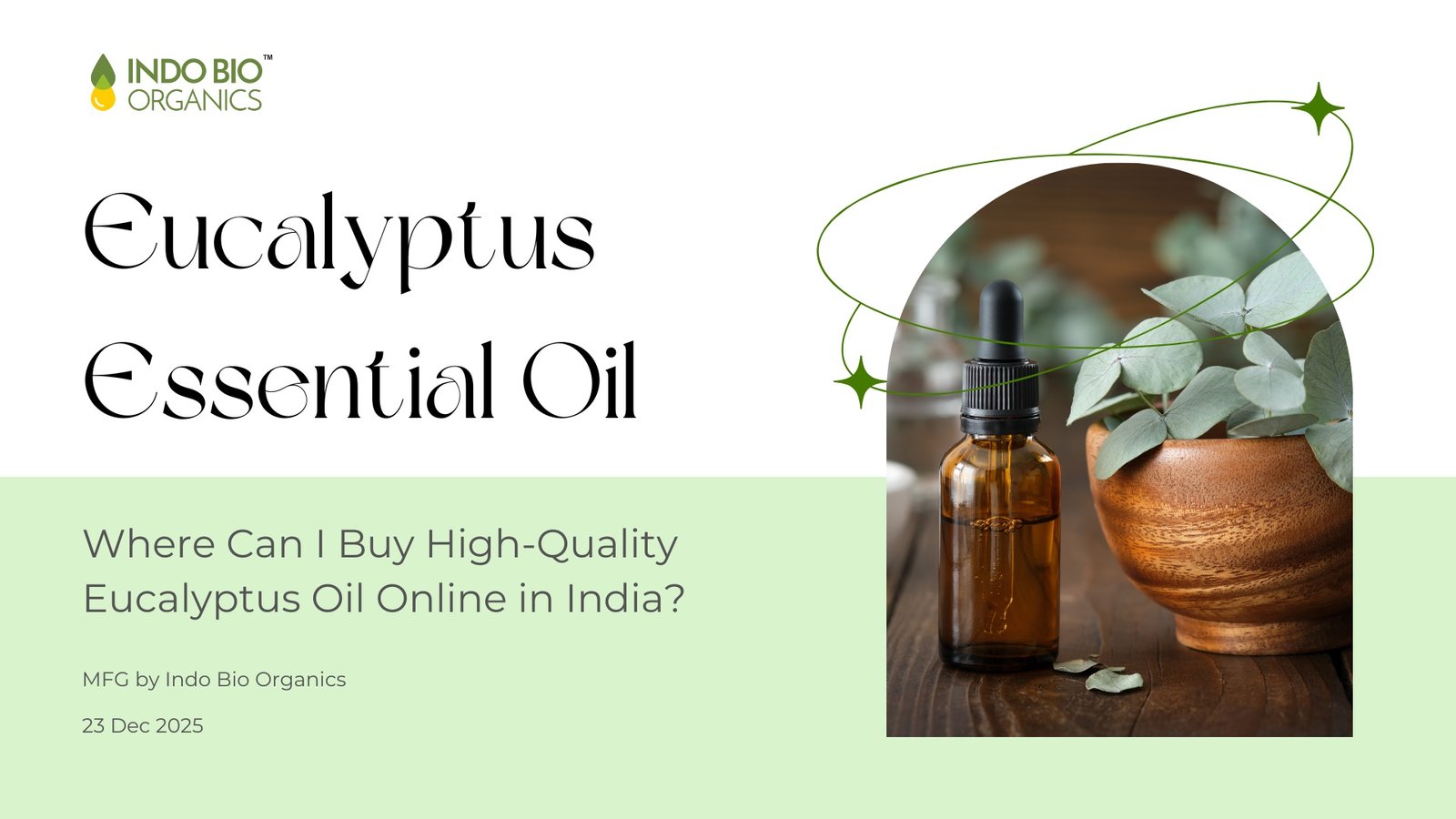
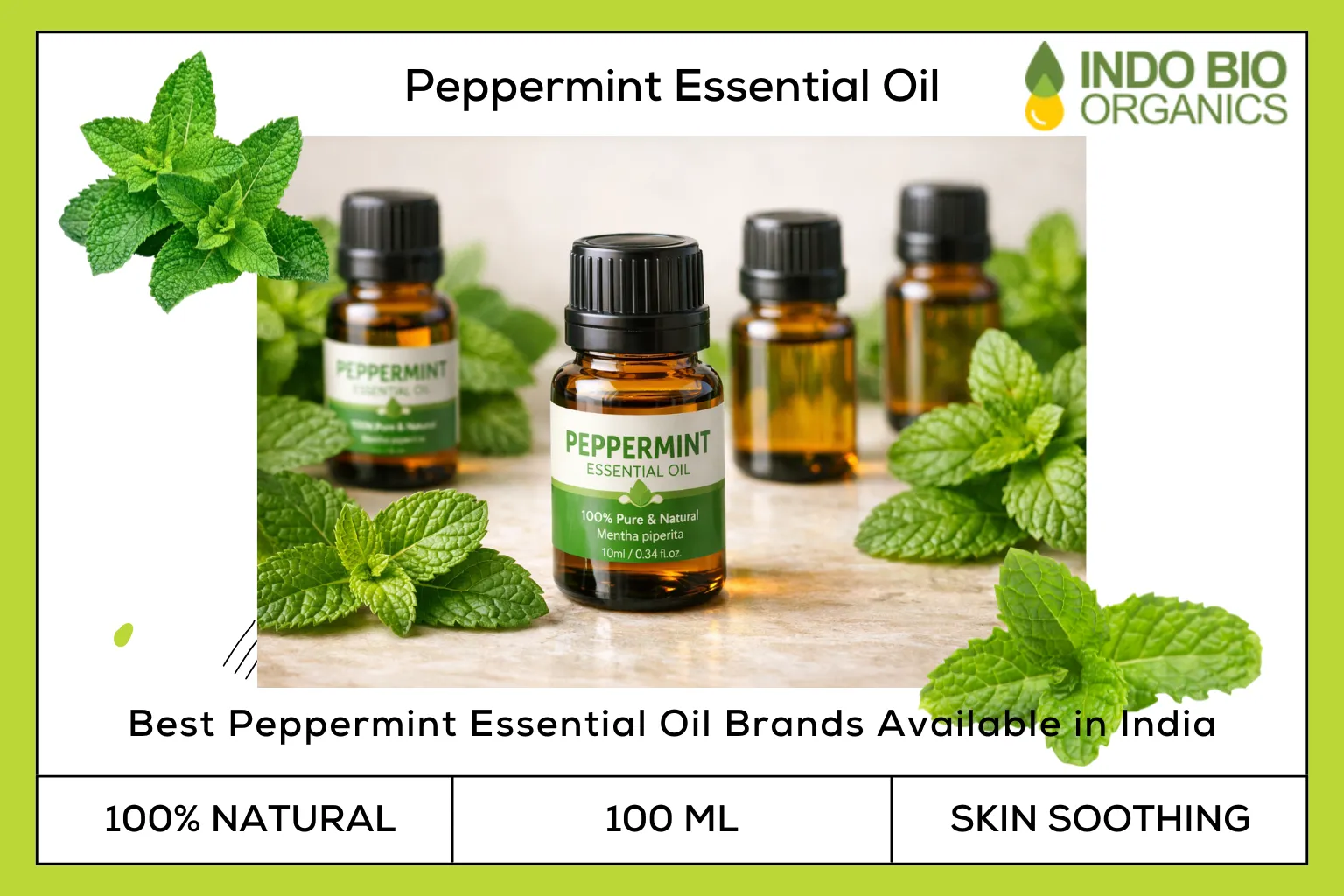
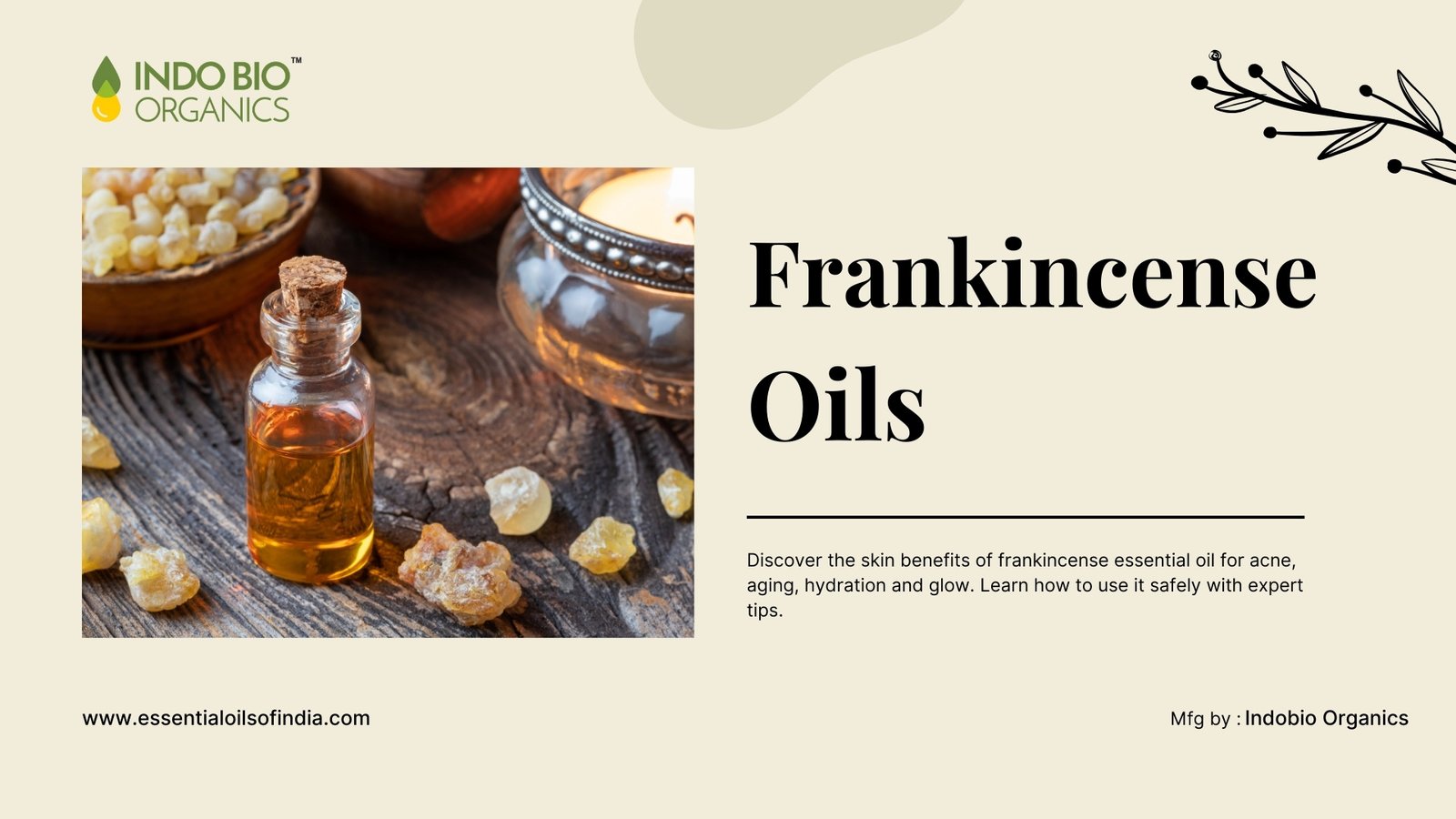
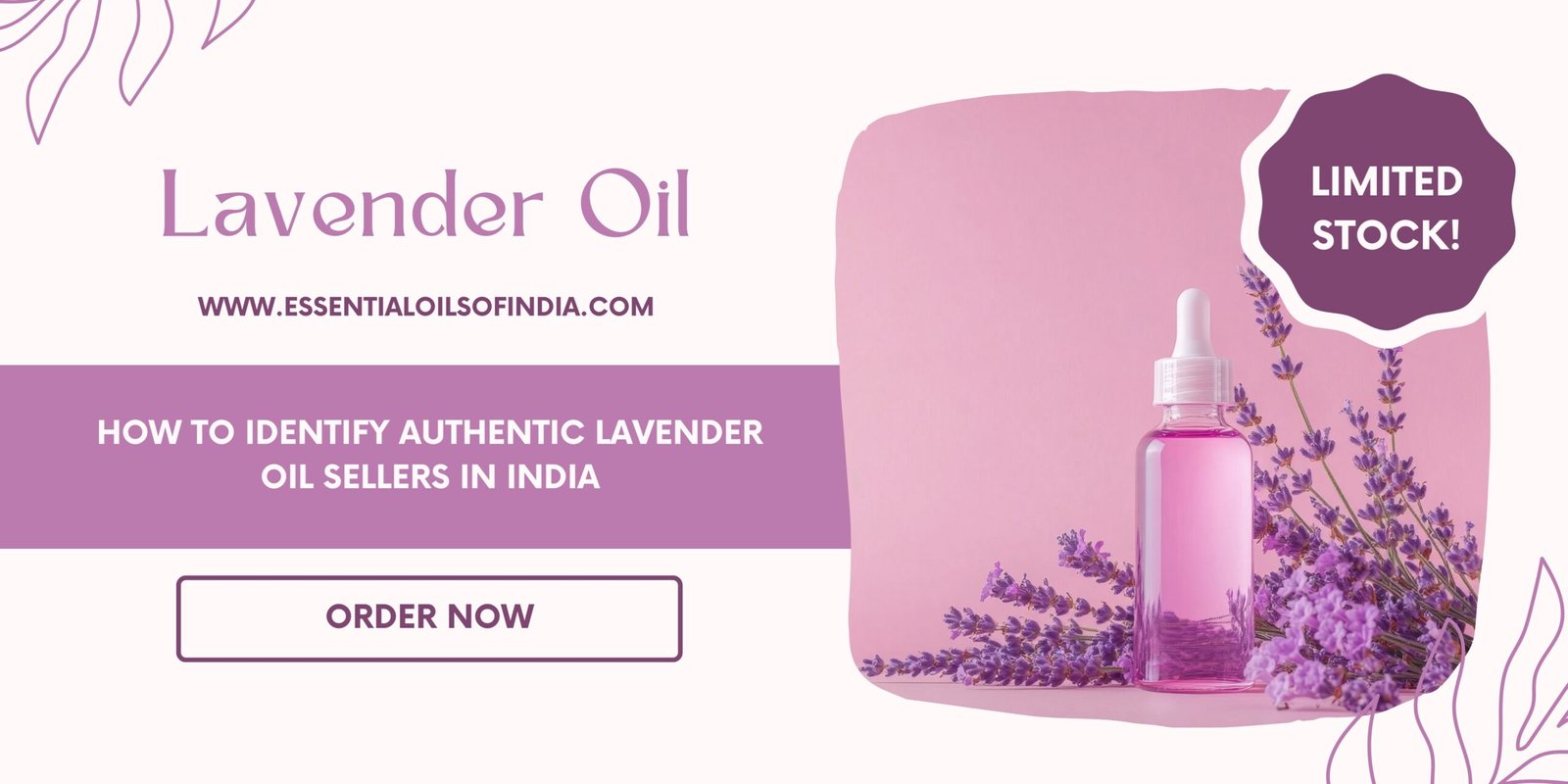
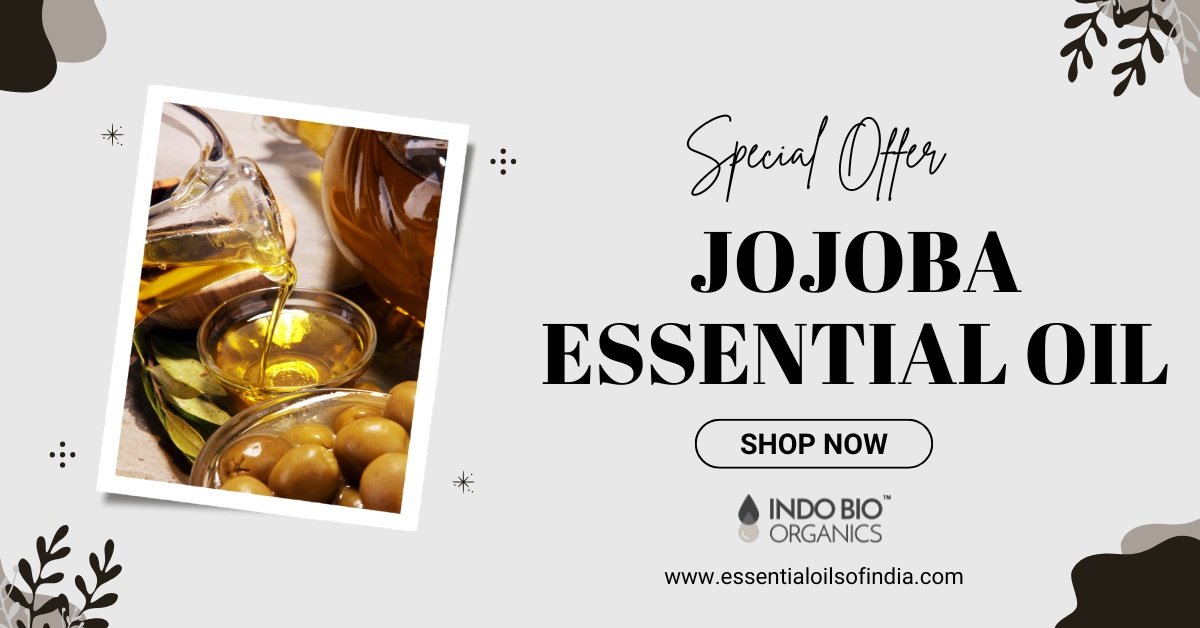
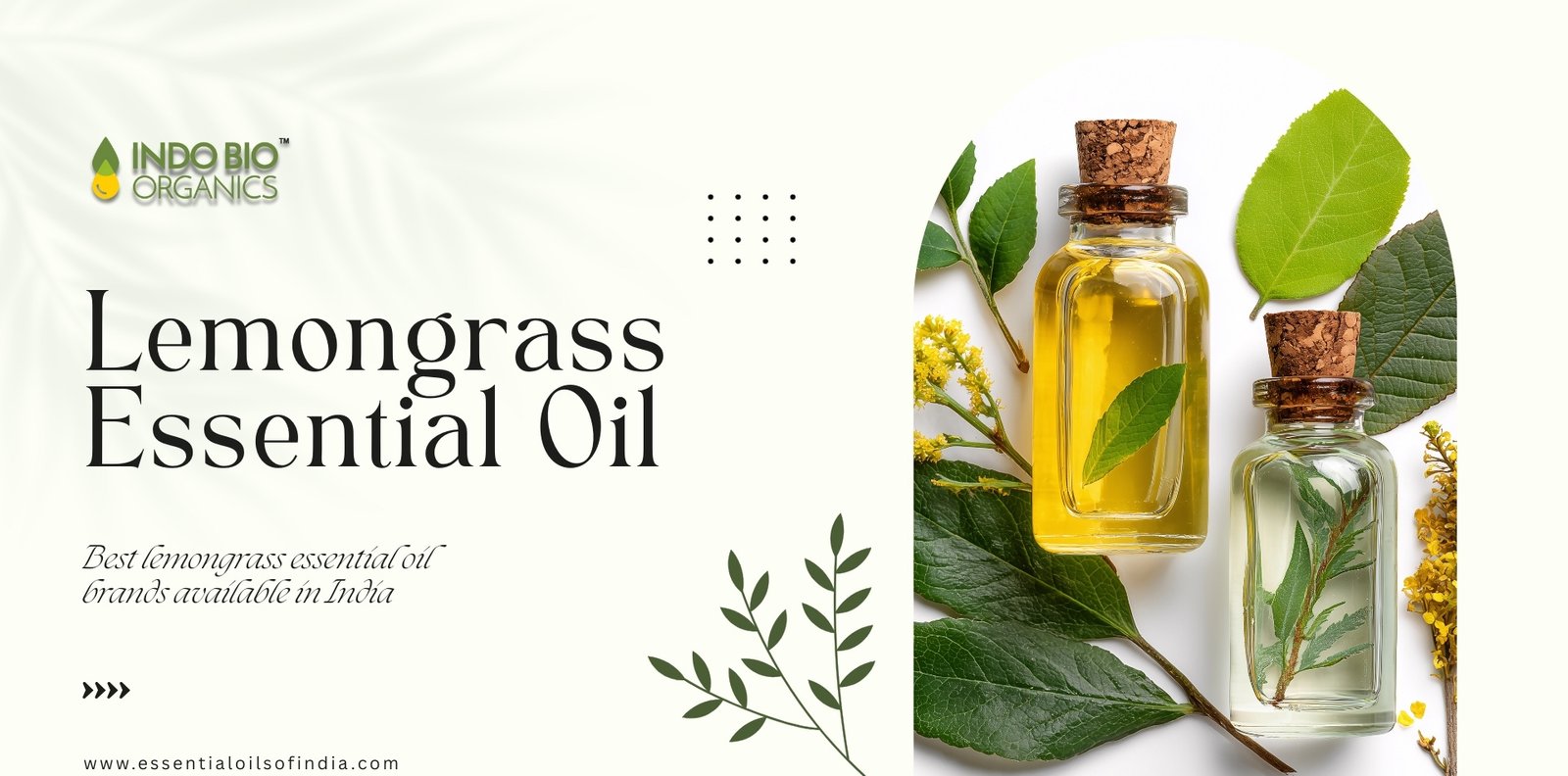
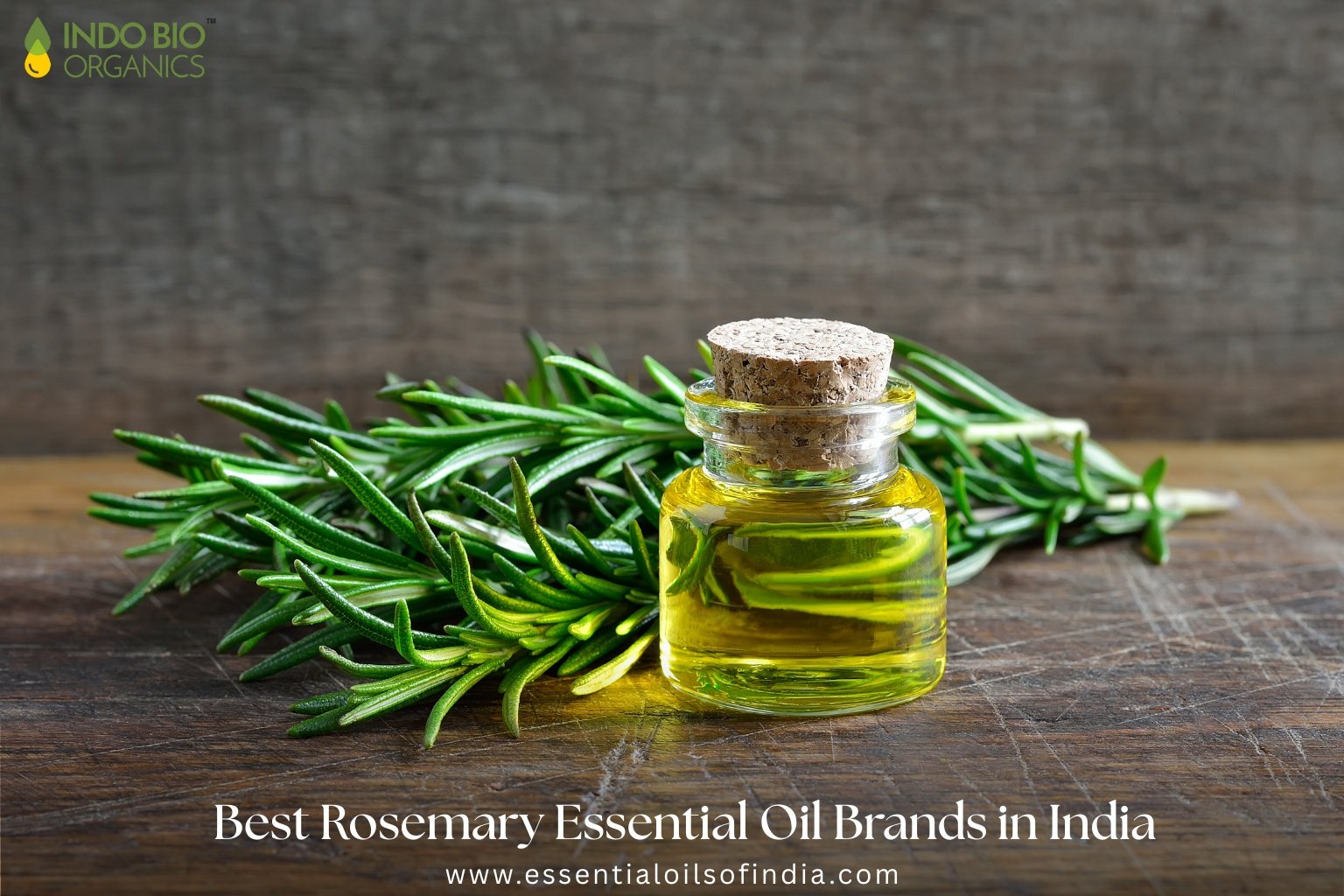
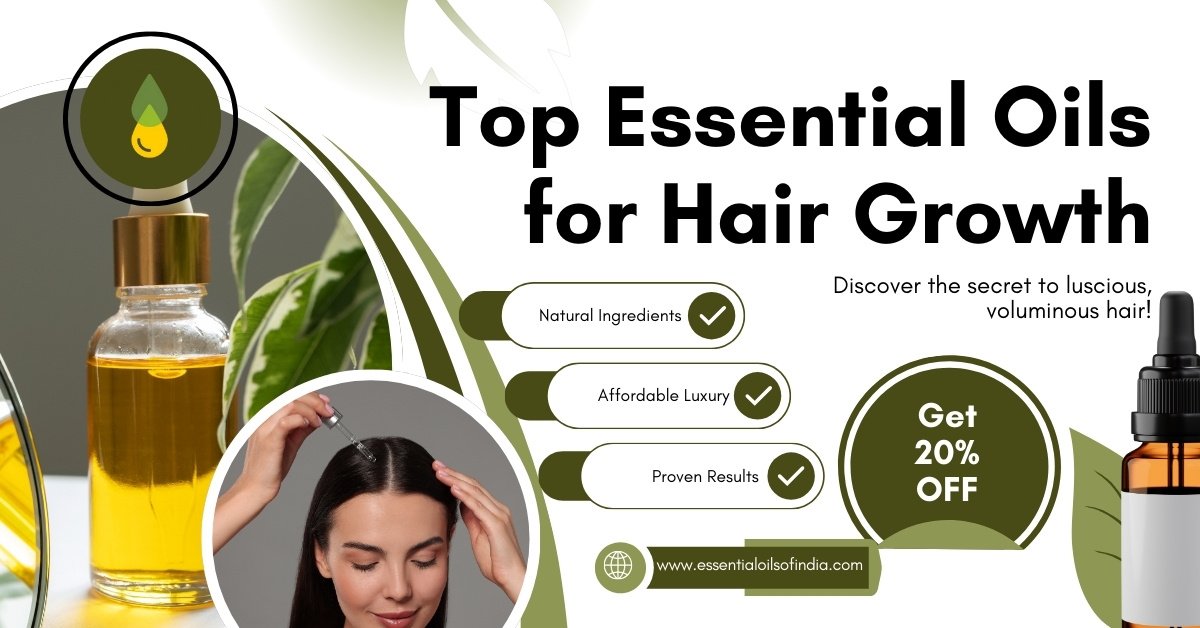
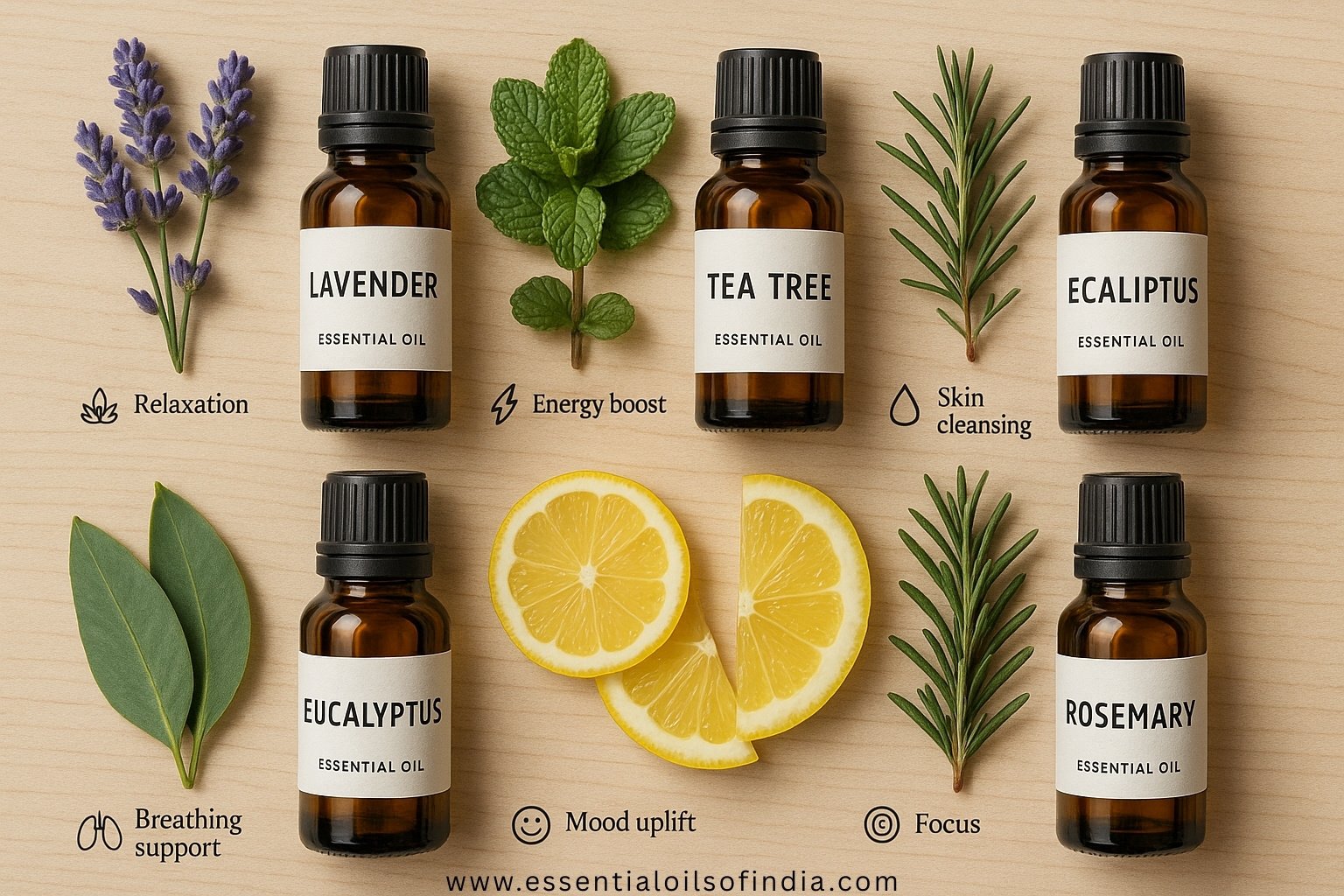
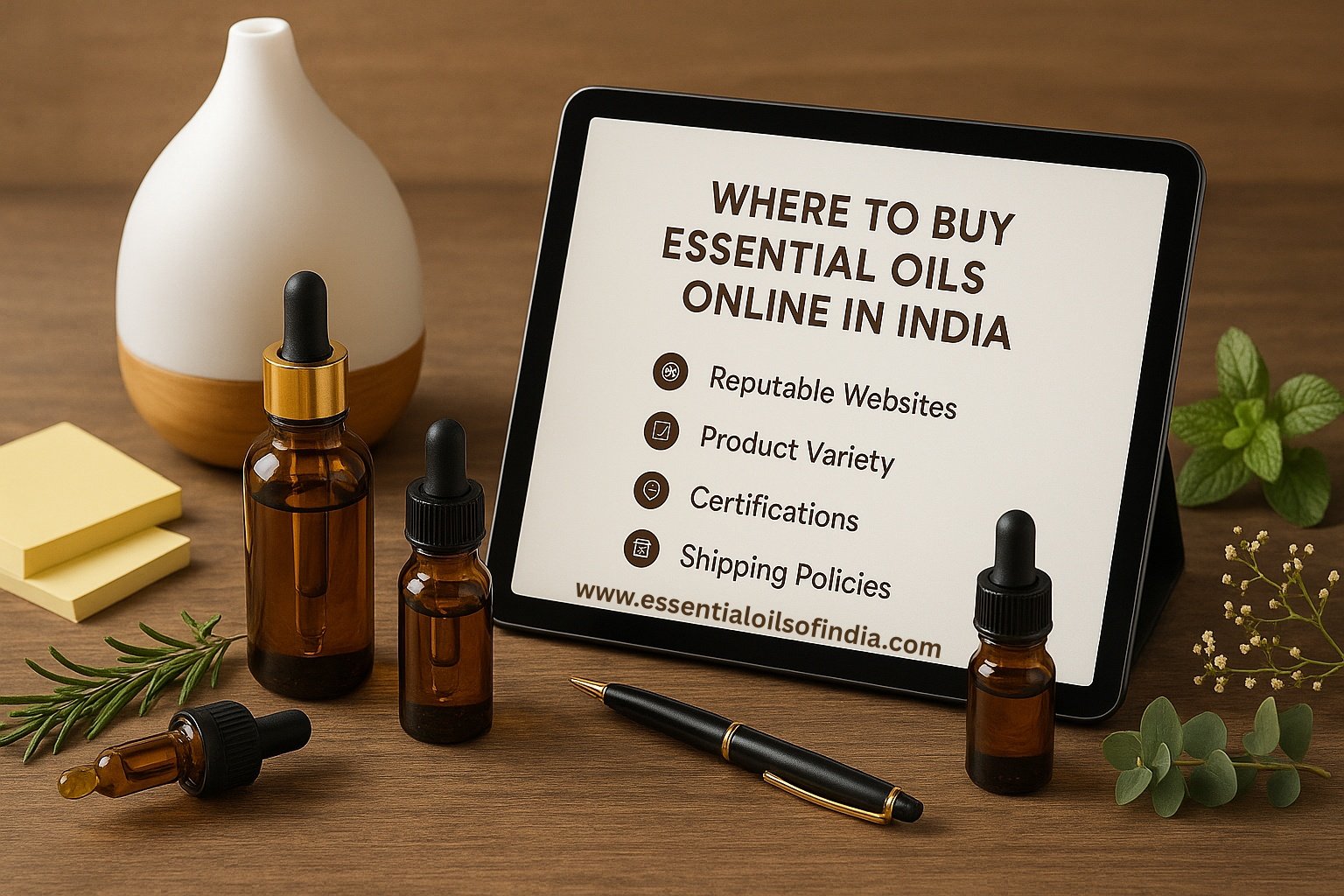









I recently purchased the Rosehip Oil and I am thoroughly impressed with the quality! The oil is 100% pure, cold-pressed, and has a light, non-greasy texture that absorbs beautifully into the skin.
As a bulk buyer, I’ve been sourcing Rosemary Oil from www.essentialoilsofindia.com for several months now. The quality is consistently excellent—pure, potent, and exactly as per our specifications. Packaging is secure, deliveries are on time, and their customer support is responsive and professional. A trustworthy partner for essential oils.
We’ve been purchasing essential oils regularly from www.essentialoilsofindia.com and are extremely satisfied with their quality, consistency, and service. The oils are always pure and well-packaged, and shipments arrive on time. A dependable supplier for our business needs.